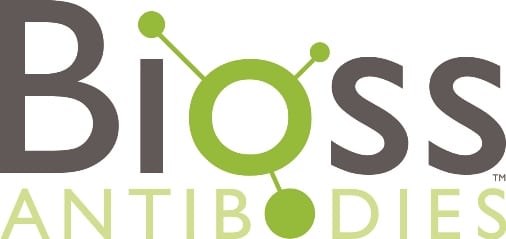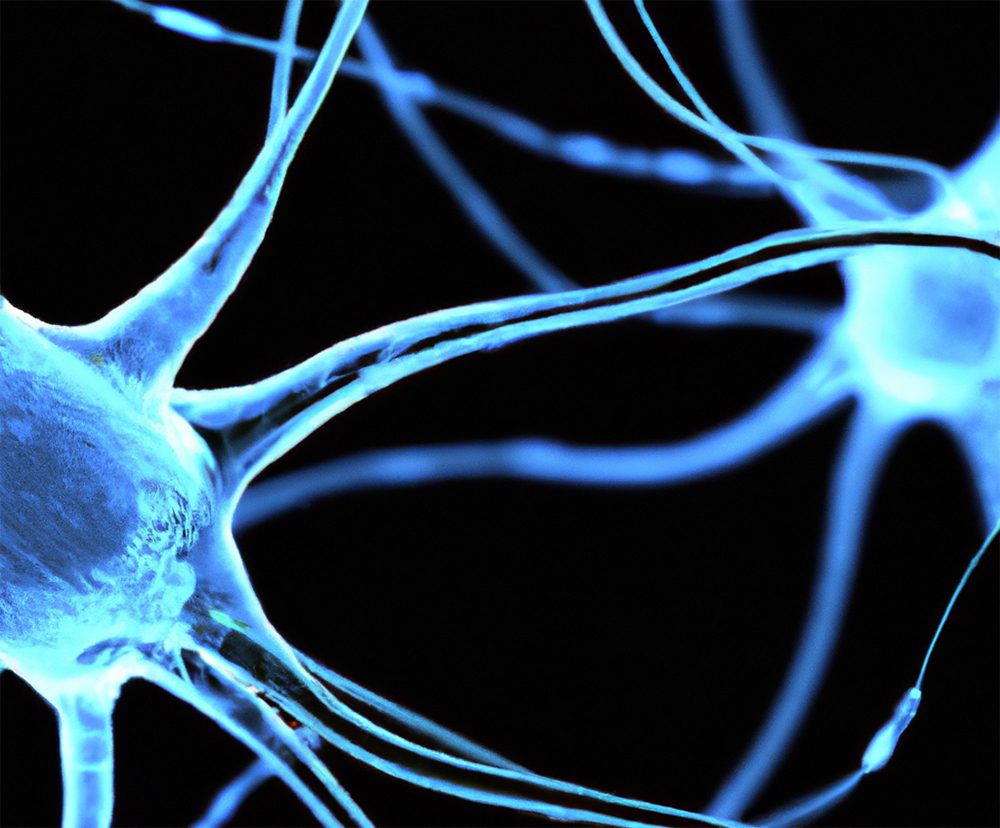On June 7, Professor Seth Blackshaw from Johns Hopkins posted a Matters Arising in Nature, entitled “Ptbp1 deletion does not induce astrocyte-to-neuron conversion,” to question a paper published earlier in Nature. This paper says that Ptbp1 knockdown does not induce glial-to-neuron conversion, reigniting the controversy over whether glial cells can be converted into neurons.
We all know that neuronal regeneration is a Nobel Prize-level research topic. This study holds significant meaning in treating neuronal damage, including Parkinson’s disease. In the past decade, most research on neuronal regeneration has revolved around reprograming resident glial cells into neurons in vivo. Unfortunately, studies in this area have proven less successful until a team at the University of California, San Diego, reported that astrocytes could be converted into functional neurons after knocking down Ptbp1 using shRNA or antisense oligonucleotides. This discovery has profound significance and was published three years ago also in Nature (“Reversing a model of Parkinson’s disease with in situ converted nigral neurons“).
There is no question that any groundbreaking outcomes will be validated by peers who are also interested in them. In September of 2021, one research team at the University of Texas Southwestern Medical Center published a paper in Cell, declaring that neither the overexpression of NeuroD1 nor the knockdown of Ptbp1 could convert glial cells into neurons in vivo. The same team also determined that those cells that appeared to have been altered were actually endogenous neurons that already existed. Shortly after, Seth Blackshaw’s team at Johns Hopkins University stated that specific deletions of the gene Ptbp1 in mice’s retina and brain did not induce glial to neuronal conversion. Collectively, a review paper published in the Annual Review of Neuroscience in February this year concludes that the effects of Ptbp1 inhibition on both glial to neuronal conversion and its potential to treat Parkinson’s disease have not been validated under rigorous methodology.
It has been a long-standing argument whether glial cells can be converted into functional neurons. Right after the release of the latest results from Seth Blackshaw’s team this year, researchers who contributed to the paper that favors the conversion by Ptbp1 deletion responded and stated that phenotypes of knockdown and knockout, are not necessarily the same, such as the negative neurogenesis regulator REST, which promotes neurogenesis when knocked down, but leads to the death of neural stem cells and mature neurons when knocked out. Meanwhile, they pointed out the shortcomings of the Blackshaw team’s experiments in their response: 1) scRNA-seq experiments were not biologically reproducible; 2) the integrity of a large number of pure-hybrid Ptpb1 knockout cells in the striatum and substantia nigra, except for the cortex, was compromised; 3) the overall density of wild-type PTBP1+ cells and Ptpb1 knockout brain tissue was unchanged, suggesting that Cre expression was inefficient. However, the researchers admitted in the responding paper that the observed astrocyte-to-neuron conversion could not be ruled out as possibly due to existing neuronal leakage. Nevertheless, current scRNA-seq and immunostaining data suggest the existence of an astrocyte or astrocyte-like cell subclass that is more likely to redirect to the neuronal lineage than mature astrocytes. This possibility will need to be investigated further in the future.

